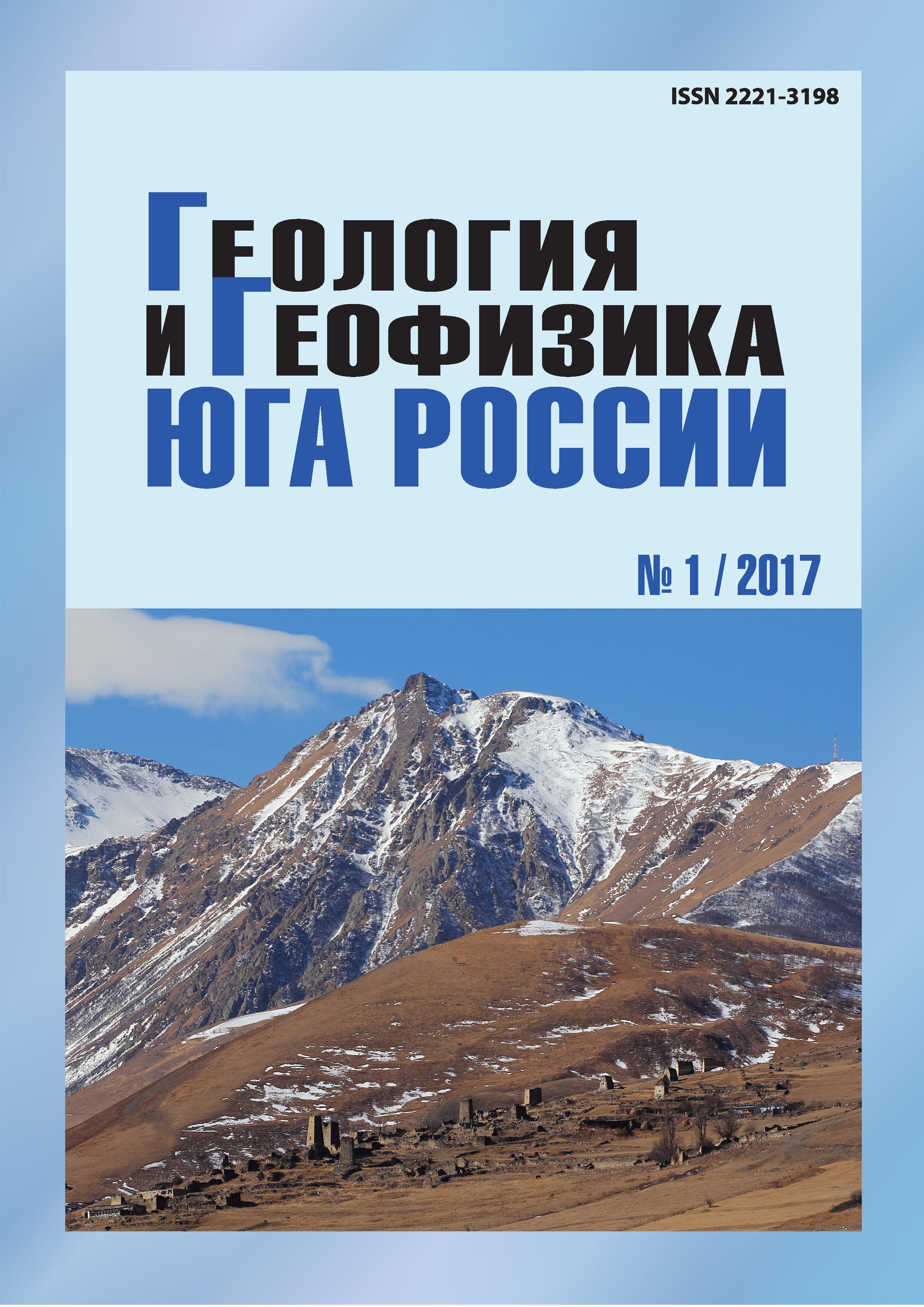TECTONICS AND GEOLOGIC HISTORY OF FRONT RANGE ZONE OF THE GREATER CAUCASUS
Keywords:
Greater Caucasus, Front Range Zone, tectonic-magmatic cycles, thrusts, underthrusts, ophiolites, deep seated faults, anomal magnetic fields
Abstract
Front Range Zone (FRZ) is an elongated tectonic fragment of the Great Caucasus folded area. Its structure was being formed during several tectonic-magmatic cycles, main of which were Variscan one that have defined its lithological content as well as the Indosinyan cycle. As result of the second of them Variscans structurally-lithological nappe complexes was subjected complicated folding and additional splitting on plates, that have been result of convergence of neighbour rigid blocks (zones) - Karachay-Circassian on the North and Main Range on the South. This has led to a strong compression and bilateral underthrusting of rocks of two opposite blocks and because of this, the movement of the other part of FRZ up. A participation in folding of Variscan hyperbasites of the ophiolite complex of the axial part of FRZ as well as in the frontier faults results to forming an intensive and complicated in internal structure anomal magnetic field. It repeats the outlines of FRZ largely. The neighboring areas are observed sufficiently long and intense magnetic field weakened by a cover of Mesozoic sediments. They geographically coincide with areas of oil and gas basins.
Published
2017-04-14
Section
Articles


